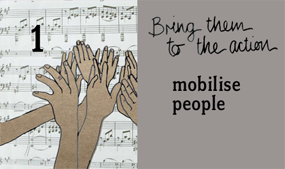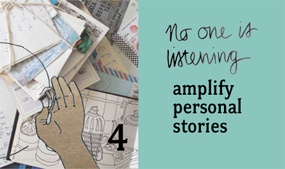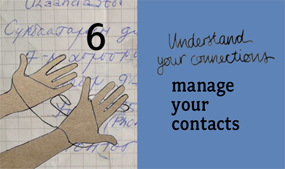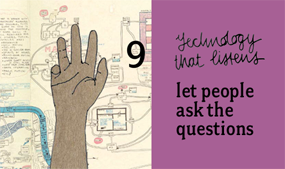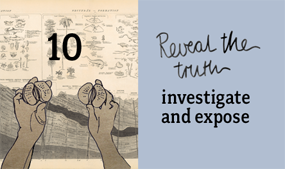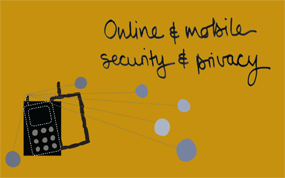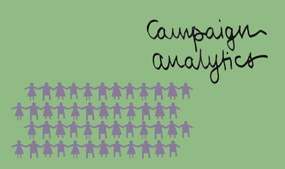|

FEATURED TOOL
Create a free call-in centre and interactive voice menu system
FreeSwitch is a free, open source software system that allows you to give people information through voicemail and interactive voice response menus. Once installed, you can create interactive voice response (IVR) menus, and the system will respond to unique questions spoken by users or typed on their phone's keypad. The IVR gives people answers that you have programmed it to – either dynamically based on the question or pre-recorded.
|
TIPS
BRENDA BURRELL OF KUBATANA, ON MOBILES:
"The largest growing technology tool in use in the world is the mobile phone, particularly in the developing world where mobiles have become the tool of communication of the ordinary person. People have focused on text messaging for campaigns, but there are a lot of other things that we can do to innovate."
UJU OFOMATA OF MYQUESTION, MY ANSWER, ON CONNECTING PEOPLE ACROSS PLATFORMS:
"In our campaign, text, voice and the web were all connected – some questions can’t be answered in the 160 characters that text messages are limited to. Sometimes we ask people to call a toll-free line so they can speak directly to us. You might need to probe a bit more before giving someone the right answer."
EVAN 'RABBLE' HENSHAW-PLATH, TECHNOLOGIST, ON THE POWER OF VOICE:
"Text messaging seems like a technology of the developing world but it's also important to realise that people use mobile phones for actual phone calls. The phone used to be something that was controlled by the telecommunications monopolies and over the last few years there has been a whole renaissance in telephony that has seen voice services built over the internet. You can now run your own phone company on free software."
|




